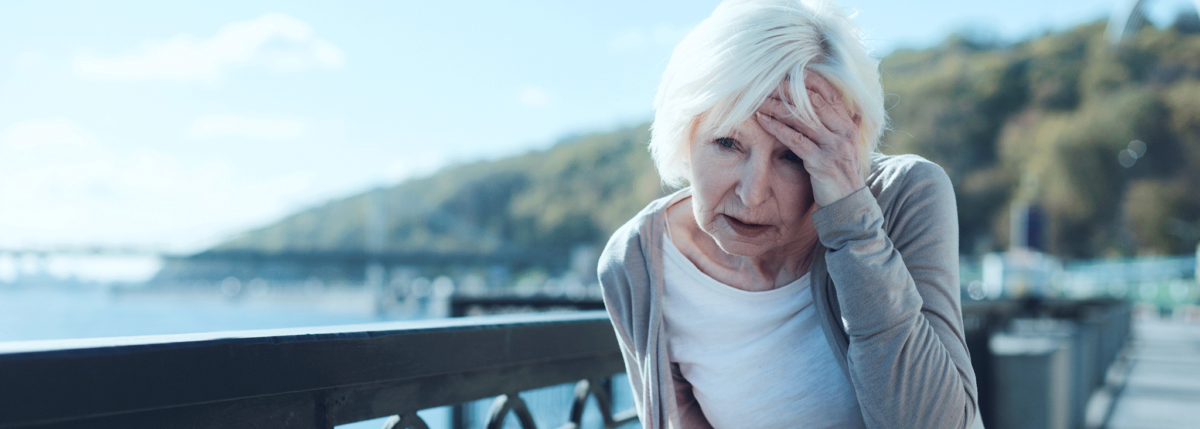Hypoglycemia and How to Treat It
Hypoglycemia, also known as low blood sugar, is when your blood sugar level drops below 4 mmol/L72 mg/dL. Having low blood sugar is dangerous and needs to be treated right away. Left untreated, hypoglycemia can lead to unconsciousness, seizures and though rarely, death.
What are the symptoms of hypoglycemia?
Though the symptoms vary from person to person, most who have hypoglycemia experience the following symptoms. Some don’t feel any symptoms and symptoms don’t occur all at once.
- anxious feeling
- behavior change similar to being drunk
- blurred vision
- cold sweats
- confusion
- cool pale skin
- difficulty in concentrating
- drowsiness
- excessive hunger
- fast heartbeat
- headache
- nausea
- nervousness
- nightmares
- restless sleep
- shakiness
- slurred speech
- unusual tiredness or weakness
What causes hypoglycemia?
Hypoglycemia can occur a number of ways, but your chances of hypoglycemia as someone living with type 2 diabetes are increased with the use of insulin and other diabetes medications. Hypoglycemia may occur when the amount of insulin or other medication you take isn’t matched with intake of carbohydrates. It may also be caused by activities such as exercise, the timing of meals, consumption of alcohol or being sick.
If you’re experiencing lows frequently, you may not need as much insulin or another form of diabetes medication. Talk to your doctor or healthcare provider about adjusting dosages. If you’re taking the oral medications sulfonylureas and meglitinides, you should be aware that they can cause hypoglycemic side effects.
You’re at risk for hypoglycemia, including severe hypoglycemia if you:
- Skip meals.
- Are not eating enough carbs.
- Consume alcohol, which can keep you from feeling the effects of hypoglycemia and can lead to severe hypoglycemia.
- Are sick. When you’re ill, you may not consume as much food or liquids, therefore your blood sugar may be lower than usual.
Guidelines from Diabetes Canada divide hypoglycemia by severity levels, including mild, moderate and severe hypoglycemia:
- You are usually able to self-treat mild and moderate hypoglycemia.
- Severe hypoglycemia is when your blood sugar levels are below 2.8 mmol/L50 mg/dL and when you require the assistance of another person. You may also lose consciousness.
How do you treat hypoglycemia?
It’s important to know that treatment of hypoglycemia depends on the severity of your low blood sugar reading. It also depends on whether you’re alert when you’re having hypoglycemia. If you can, seek help from a family member, friend or a doctor for treating hypoglycemia.
If your meter shows that your blood sugar is low, it’s recommended that you eat or drink about 15 g of fast acting sugars. Each of the following are recommended ways to treat your low blood sugar (pick one):
- Chew four glucose tablets
- Drink four ounces of fruit juice
- Drink four ounces of regular soda, not diet soda or
- Chew four pieces of hard candy
After taking one of these treatments, wait for 15 minutes, then check your blood sugar again. Repeat these steps until your blood sugar is 4 mmol/L72 mg/dL3.9 mmol/ or above. After your blood sugar gets back up to 4 mmol/L72 mg/dL or more, eat a snack if your next meal is one hour or more away.
If you experience low blood sugars often, it’s a good idea to always check your blood sugar before driving. Treat your low blood sugar and make sure it is in a safe range before getting behind the wheel.
Treating severe hypoglycemia
If someone with diabetes has a low blood sugar and is not responsive, convulsing, or not able to orally ingest sugar for any reason, emergency glucagon must be administered.
If you are conscious but cannot consume sugar orally, you can self-administer glucagon. If you are unconscious, someone else will need to administer injectable glucagon directly into the muscle or spray nasal glucagon into the nasal cavity. If hospitalized, the injection may be given intravenously. Always contact emergency services if glucagon is administered in an emergency situation.
What is glucagon?
Glucagon is a hormone medicine used in emergencies when a person with diabetes is experiencing severe hypoglycemia (low blood sugar) and cannot take sugar orally. It comes in several forms including a nasal spray, autoinjectors, prefilled syringes or a powder that must be mixed with a liquid before injecting.
While there was only one option for decades—and it was complicated to use—there are many new and improved emergency glucagon treatment products available today, including:
- Nasal glucagon – Baqsimi®: This is an emergency glucagon that’s administered through your nose.
- GlucaGen® / GlucaGen® HypoKit: This glucagon comes in the form of a powder that you mix with a liquid and inject into your muscle.
Read all about glucagon, including a step-by-step treatment to administer.
Blood Sugar Spikes After a Low
In about 20 percent of cases, rebound hyperglycemia (high blood sugar) occurs after a low. Over-correction with carbohydrates is the main cause of rebound hyperglycemia. It is recommended to give no more than 20 grams of carbohydrate for correction of blood glucose between 2.8–4.0 mmol/L50–72 mg/dL and as noted previously, to check blood glucose (BG) levels as needed in 15 minute increments, giving 15 grams more of carbs until levels rise.
Consult with Your Doctor
It’s imperative to monitor and treat low blood sugars immediately in order to prevent severe hypoglycemia and unconsciousness. If you routinely experience hypoglycemia, talk to your endocrinologist about how you should make adjustments to your medication.





